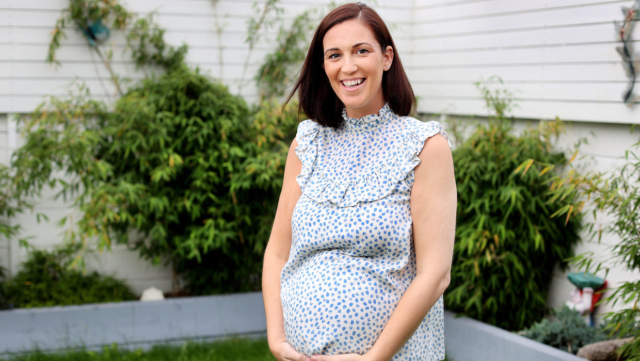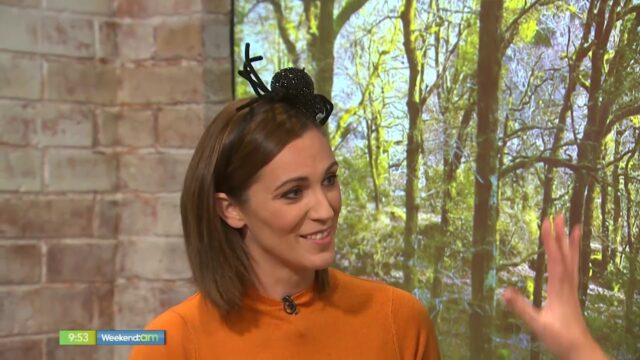
Suzanne Kane Biography: Husband, Age, Net Worth, Instagram, Wiki, Pictures, Today FM, Radio
Biography
Suzanne Kane is a multi-talented American physicist, professor, and chairman of Physics and Astronomy at Haverford College.
She is well known for her work utilizing video to understand the behavior of various species of birds.
Trending Now!!:
She has been appreciated for her contribution on every sector she’s been involved in.
Suzanne Kane | |
|---|---|
 | |
| Wiki Facts & About Data | |
| Full Name: | Suzanne Kane |
| Born: | N/A |
| Age: | N/A years old |
| Place of Birth: | American |
| Nationality: | American |
| Parents: | N/A |
| Height: | N/A |
| Siblings: | N/A |
| Boyfriend • Husband: | Joey Donnelly |
| Occupation: | Researcher • Physicist • Scientist • Biophysicist |
| Net Worth: | $500,000-$4,000,000 |
Early Life
Suzanne Kane grew over the years, developing her thesis, entitled Optical and X-Ray Studies of Critical Phenomena in Thin Liquid Crystal Films.
It was published in 1989, focused on utilizing x-ray and light scattering techniques to study biological membranes and low-dimensional soft matter systems.
Following her Ph.D., Suzanne Kane became a postdoctoral research associate at the University of Pennsylvania, working in the laboratory of J. Kent Blasie between 1988 and 1990.
There, she continued her work using scattering techniques to understand the structures of multilayer films and biological membranes.
Education
Suzanne Kane received her Bachelor of Science degree in physics in 1982 from the Massachusetts Institute of Technology.
She then attended Harvard University for her Master of Science degree and her Ph.D.
Career
In 1991, Suzanne Kane became an Assistant Professor at Haverford College, where she was eventually promoted to Professor in 2016.
Suzanne Kane’s research centers on the intersection between biophysics, soft condensed matter physics, and statistical physics to understand a range of topics, from the behavior of birds to the bacterial diversity of ecosystems, using experimental techniques that include bioacoustics, computer modeling, and 3D video analysis.
Suzanne Kane’s group has worked to understand a range of bird behaviors. In 2016, her group published a study on how raptors (like hawks, vultures, and falcons) hunt, turning their heads unpredictably as they visually search for their prey.
Raptors hunt by alternating periods of rapid head or eye movement—a movement known as saccades—with periods during which their eyes are fixed on a specific point.
To determine if there was a discernible pattern to this movement, they fitted a Northern goshawk with a tiny head-mounted camera to track its head movements while hunting.
They used the video to determine the mathematical distribution of time spent during each saccade and time spent with their heads still and found that the time between each saccade varied depending on external environmental cues, which changed as the hawks honed in on their target.
Notably, this behavior is similar to that of primates while they hunt, suggesting that the fundamental neural processes underlying hunting are the same between primate and raptor hunters. Kane and her team have also studied the predator-prey interactions as Goshawks hunt, and their prey evade.
Research
Suzanne Kane has also studied the biomechanics of peacock courtship rituals. Specifically, her group focused on how to feather biomechanics influence male peacocks’ performance as they court females by fanning out and vibrating their tail feathers, a display behavior known as “train-rattling.”
Suzanne Kane initially discovered high-speed recordings of the behavior, captured by her collaborator Roslyn Dakin, who studied peacock feathers’ color. The two began working together to capture more videos of peacock courtship rituals to understand how the tail feathers vibrate and how the females receive those vibrations.
They found that the train-rattling behavior only occurs when females are present and that, as the tail shakes, the eyespots on the tail appear not to move, leading them to conclude that the shaking behavior enhances the appearance of the eyespots of the tail. In previous work, Dakin found that the hue and iridescence of the tail’s eyespots contribute to the mating success of the male.
They also found that the tail feathers vibrate at their natural resonance frequency, producing sound waves within the audible range that females can hear. Finally, they counterintuitively found that the longer and heavier the male’s tail feathers were, the faster they could shake their feathers.
In a follow-up study published in 2018, Kane and Dakin found that the vibrations sent out by males rattling their trains are actually felt by females on the crest of their head, which vibrates in turn.
They found that a tiny feather is a filoplume at the base of the female’s crest feathers, which acts as a mechanical sensor. When the crest feathers begin vibrating, the filoplume triggers a nerve cell, translating the physical vibrations of the plume into a neuronal signal.
Awards and Honours
- New Directions Fellowship, Andrew W. Mellon Foundation, 2004.
Personal Life
Suzanne Kane is happily married to Joey Donnelly. Information about her kids and marriage is not detailed on the media.
Net Worth
The American renowned figure, Suzanne Kane has accumulated an estimated net worth $500,000-$4,000,000.
NOTICE!! NOTICE!! NOTICE!!
DISCLAIMER!! : Every Biography and Content Published On TheCityCeleb are For Knowledge Reason. Don't Hesitate to Reach Out for Any Correction || Suggestion || Copyright!!CORRECT@thecityceleb.com


